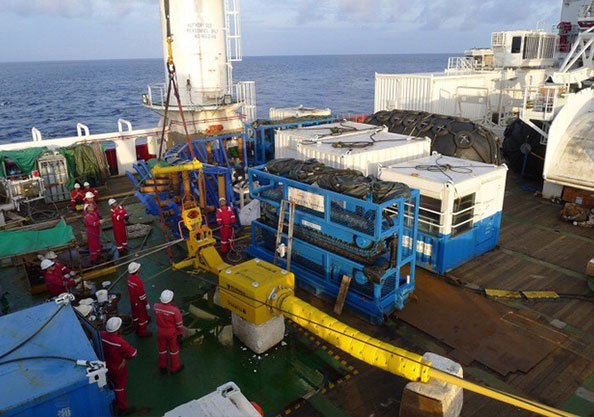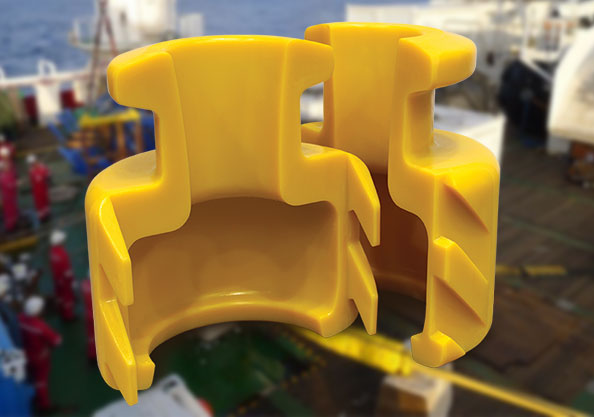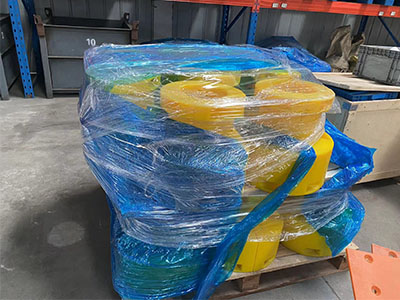What is a subsea bend restrictor?
A subsea bend-restrictor is a tool used to stop a cable or hose from bending or kinking excessively. To safeguard the cable or hose from harm and guarantee good performance, it is frequently used in applications like cable protection systems offshore wind and cable protection systems.

Bend restrictor is fitted around a flexible part, such as the umbilical chord, to stop the cable from bending too much and becoming damaged. Each flexible cable, including umbilical cords, has a minimum bending radius below which it may suffer significant damage and become useless. The bend limiter is made up of several interlocking parts that react to external loads by locking together to create a smooth bend radius.

Advantages of Subsea Bend Restrictors
Less weight: The main advantages of polymer cable bend restrictors over metallic ones are that they do not require local cathodic protection and, due to the low density of polyurethane, they typically add less weight to the system.
Long Life and Durable: Our polyurethane systems are more sustainable than most other materials. The elastomeric properties of our subsea bend restrictors provide impact- and hydrolysis-resistance that can withstand harsh off-shore conditions.
Apart from the above bend restrictors, typical applications of cable protection system include supporting flexible pipes or cables over free spans and protecting lines around rigid structures like PLETs, wellheads, cable joints, and J/I-tube exits. Unlike bend stiffeners, bend restrictors only activate when the line reaches a specific bend radius, providing protection at that point. Contact Philson to learn more cable protection systems.





